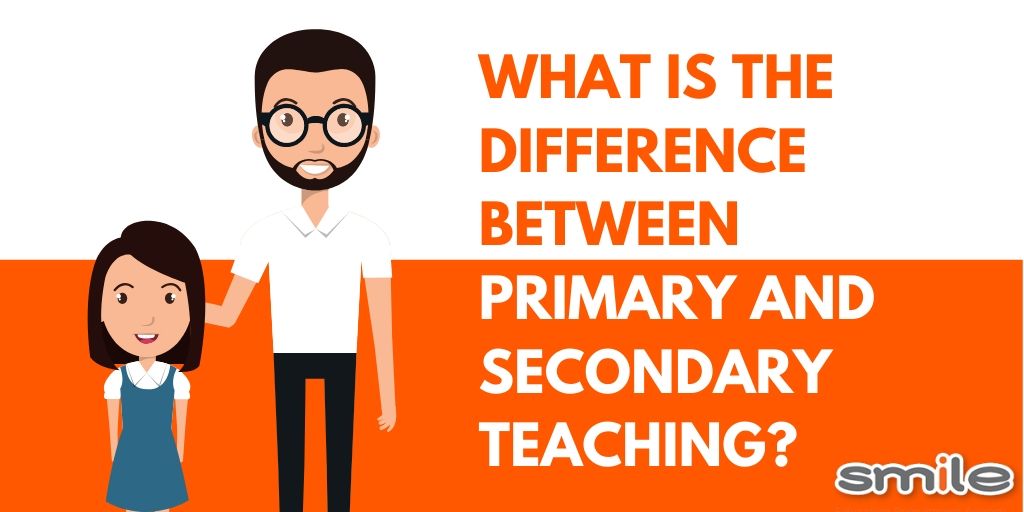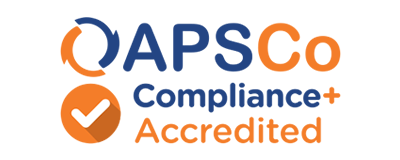Blog
Are you a supply teacher or teaching assistant looking for some help and advice? If so, you are in the right place. Our blogs offer tips and tricks on everything from classroom management to interview tips and support, along with day in the life case studies from real supply teachers, ECTs and cover supervisors. They also give you an insight into what working for Smile is like, the ways which we support local communities and charities and the training and events that we offer.
For more good stuff like this, follow us on social media - you can find us on Facebook, Instagram, Twitter and LinkedIn. Or pick up the phone and give us a call.
Teaching is a great and rewarding career where you will have the opportunity to touch the lives of many young people. The biggest decision you have to make, however, is whether you would like to be a primary or secondary teacher, as while they may look similar on paper, in reality, they are very different.
How does the school day differ for primary and secondary teachers?
As a primary teacher, you will typically be with one class all day, teaching a variety of different subjects from English to maths to geography. Although sometimes subject specialists may take over certain subjects such as MFL or PE.
Secondary school teachers teach across year groups from year 7 all the way through to year 13 and specialise in one subject. You may also be given a form group and you will be expected to register these students each day.
The questions you need to ask yourself
To help you make the decision we’ve put together some questions you should ask yourself.
How do I feel about my subject?
Have you found the subject you want to teach forever? Or does the idea of teaching a range of subjects sound like an appealing challenge?
How do you feel about seeing the same students all day every day?
As a primary school teacher, you will be responsible for one class. While as a secondary teacher you will you’ll be teaching different students every hour. There are pros and cons to both. For example, working so closely with a primary school class means that you can really bond with them and get to know them but could be difficult if you have a particularly challenging class.
How do you feel about sticking to a plan?
If you are looking for something more fast-paced, then work in a secondary school may be a good choice for you. That’s not to say that life in a primary school isn’t fast-paced but that you have lots more time to play with and therefore have a little more flexibility.
What age are the children you picture yourself teaching?
Children and your relationship with them varies dramatically depending on their age. Again there are lots of things to consider such as attitudes of the children, how they’ll interact and their skill level.
If you want help answering these questions or if you have already made up your mind, then get in touch with us today. We offer lots of opportunities to graduates including the option to join our newly launched Smile Academy. You can contact us on 0121 210 5000.
Add a comment:
Blog Categories
Latest Blogs
Celebrating Volunteers' Week at Smile Education
Smile Education Begins Strategic Recruitment Partnership with Bordesley Multi Academy Trust
Netflix’s Adolescence: What Safeguarding Lessons Can We Learn?
From Graduate to Director: Kash’s Career at Smile Education
A Complete Guide to SEN Terms and Phrases for Teachers in 2025












